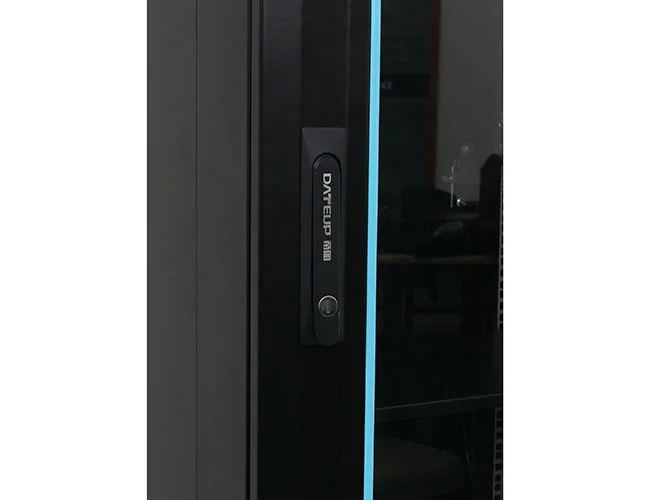News
Site Editor
 Site
https://leonetworkgroup.usa18.wondercdn.com/uploads/image/5fe152faa587d.png
Ethernet cables and patch cables are both types of twisted pair cables that are used to transfer data between two devices. However, there are some key differences between the two types of cables.Ethernet cables are typically used to extend the network from the router or modem to various devices, such as computers, printers, and gaming consoles. These cables are capable of transmitting data at high
Site
https://leonetworkgroup.usa18.wondercdn.com/uploads/image/5fe152faa587d.png
Ethernet cables and patch cables are both types of twisted pair cables that are used to transfer data between two devices. However, there are some key differences between the two types of cables.Ethernet cables are typically used to extend the network from the router or modem to various devices, such as computers, printers, and gaming consoles. These cables are capable of transmitting data at high
What Is The Difference Between Ethernet Cable And Patch Cable
Views: 456
Author: Site Editor
Publish Time: 2023-07-12
Origin: Site
Ethernet cables and patch cables are both types of twisted pair cables that are used to transfer data between two devices. However, there are some key differences between the two types of cables.
Ethernet cables are typically used to extend the network from the router or modem to various devices, such as computers, printers, and gaming consoles. These cables are capable of transmitting data at high speeds and over long distances. The most common Ethernet cables are Cat5, Cat5e, Cat6, and Cat7, each with different speeds and distances they can transmit data.
Patch cables, on the other hand, are used to connect devices that are located close to each other, such as within a server room or data center. These cables are typically shorter in length, and their main purpose is to connect devices to a patch panel, switch, or router. They often come in various colors and lengths to help IT professionals keep their cabling organized.
Another key difference between Ethernet cables and patch cables is their termination. Ethernet cables typically have RJ45 connectors on both ends. The RJ45 connector is a type of plug that is used to connect the Ethernet cable to the device. Patch cables, on the other hand, can have a variety of connectors on the ends, depending on their intended use. These may include BNC, RJ45, ST, and SC connectors.
Finally, Ethernet cables are often shielded to reduce interference and crosstalk, while patch cables may or may not be shielded.
In summary, while both Ethernet and patch cables are types of twisted pair cables used for data transmission, Ethernet cables are typically used for longer distances and have standardized connectors, while patch cables are used for shorter distances and may have a variety of connectors. Additionally, Ethernet cables are often shielded, while patch cables may or may not be shielded.
If you want to know more about industrial network cabinet,china fiber optic splice closure,china fiber optic distribution box,please consult the fiber optic splice closure factory









